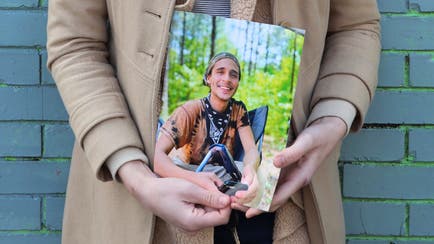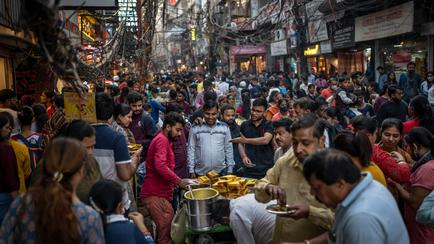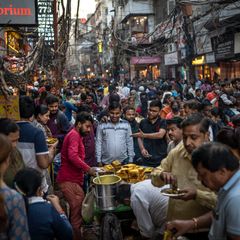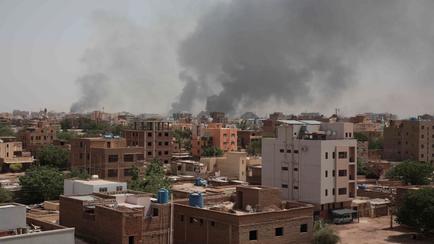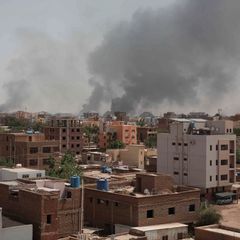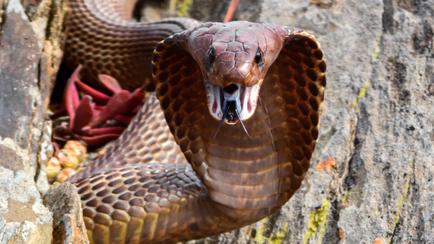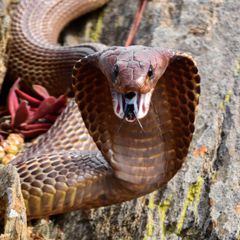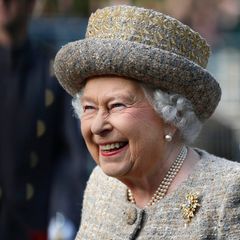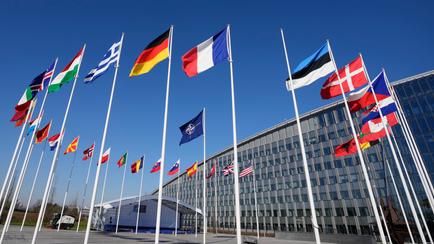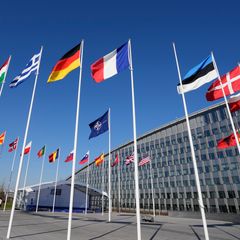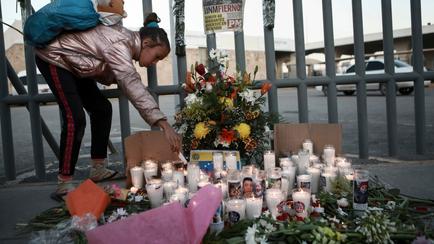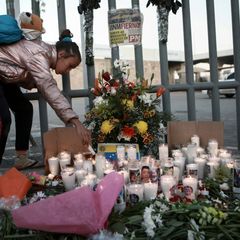I met Mary Apick at The National Arts Club to explore her Islamic culture, the fall of the Iranian Shah and the brutal quashing of the budding green movement.
She takes the stage this Sunday April 25th at Alice Tully hall in Lincoln Center for the 19th production of, "Beneath the Veil", the play she wrote. It comes to New York from the Kennedy Center and has taken six months to mount.
Like many historical fashion pieces, the veil is steeped in tradition and symbolism, originally meant to hide the haram from prying eyes and keep them safe from wiley stable hands. Mary explains that because of the many wars of yesteryear in the Middle East, many men died in combat leaving women and daughters uncared for. The system of marriage evolved to protect these widows and outcasts. But like most things, turned into a system that was used to subjugate and control.
Now the veil stands for a system of imprisoning women and stripping them of their rights. Suppressing 51% of the Iranian population, once a statement of wealth and prestige now a symbol of cultural stagnation.
When I asked Mary what represents the veil in America, she responded, the system of unequal pay.
A child star in Iran, she was traveling in America when the Shah fell, she called home and was in agreement with her family, that she could never return. She has two sons, one just turned 21, both have never stepped on Iranian soil. Now she explores her heritage through the stage.
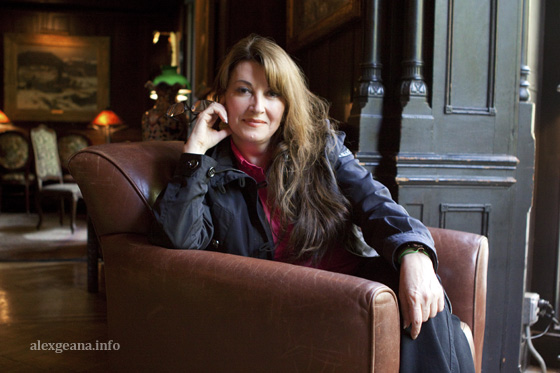
Mary at The National Arts Club
The story of Zahra Kazemi is told along with 10 other women in intertwining stories. Zahra was a photojournalist that was born in Iran, left and became a Canadian citizen, also in exile. She returned to document a protest outside of a jail and to try to reconnect with her heritage, Iranian soldiers came to take her camera, she defied and found herself thrown into custody. Two weeks later she came out dead. Her son is working through the Canadian court system to extradite the body for burial.
I asked if the Green Movement might still be alive, Apick talks about a clip someone sent her. It's of students being put to death, being forced off the roof of a university. Like clockwork and flaying dominos they fall, to their death and the waiting arms of soldiers that scurry the bodies away, so another can fall in its place. This goes on for four or more minutes. The movement once spearheaded by social media has basically been quashed.
I get the sense; she's made peace with never returning home. She enjoys Persian food immensely. We talked about falafel; she's more of a fan of the kabob.
Shadowy figures are in charge of Iran, with Mahmoud Ahmadinejad being the banger of the drums and the Ayatollah holding a grip of the country. Both are solidly in power to allow the business of oil to take place. I even speculated about a possibility of a strike. She looked at me like I had just turned into a pink poodle. It quickly dawned on me. Iran is the biggest exporter of oil to China, China is the largest holder of United States debt.
Ultimately Mary is asking the hard question of why, asking us to challenge the world and striking for an ideal. Explaining that some women chose the veil. The veil is simply a vehicle of understanding someone's expression and connection to their culture.
It's when it's used to shackle, that's when we get in trouble. A production of the play is in the works for Denver and Chicago.















